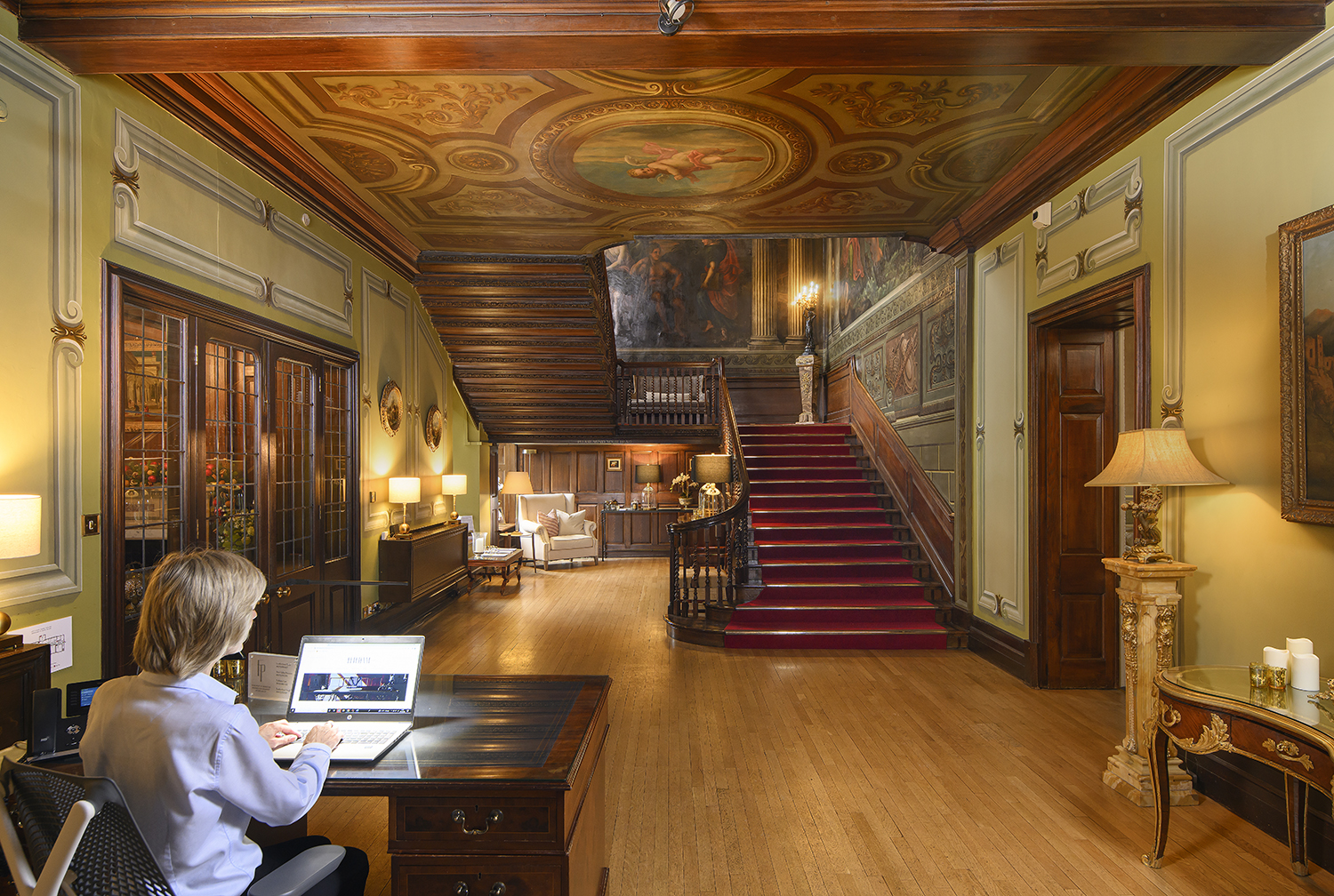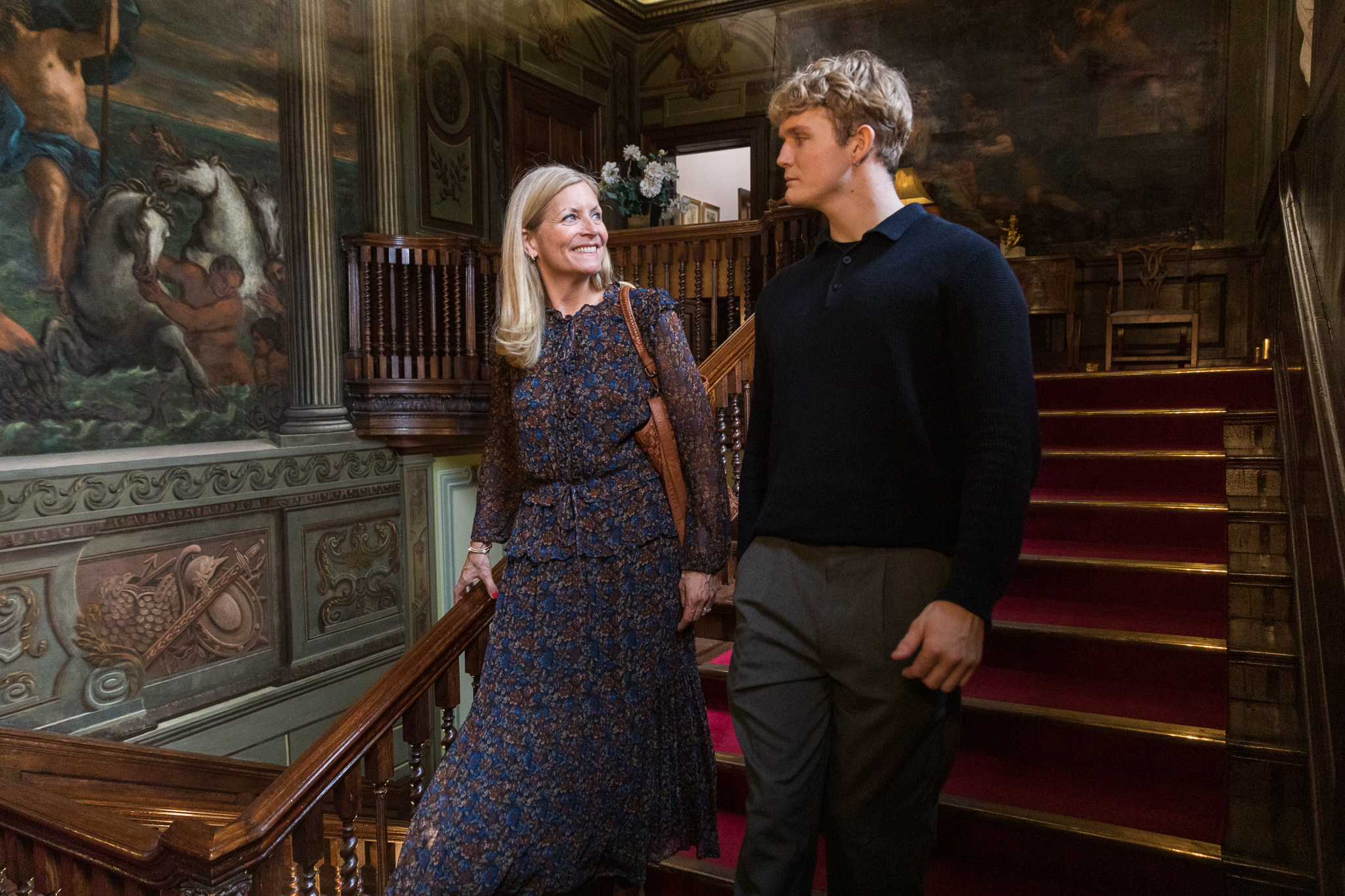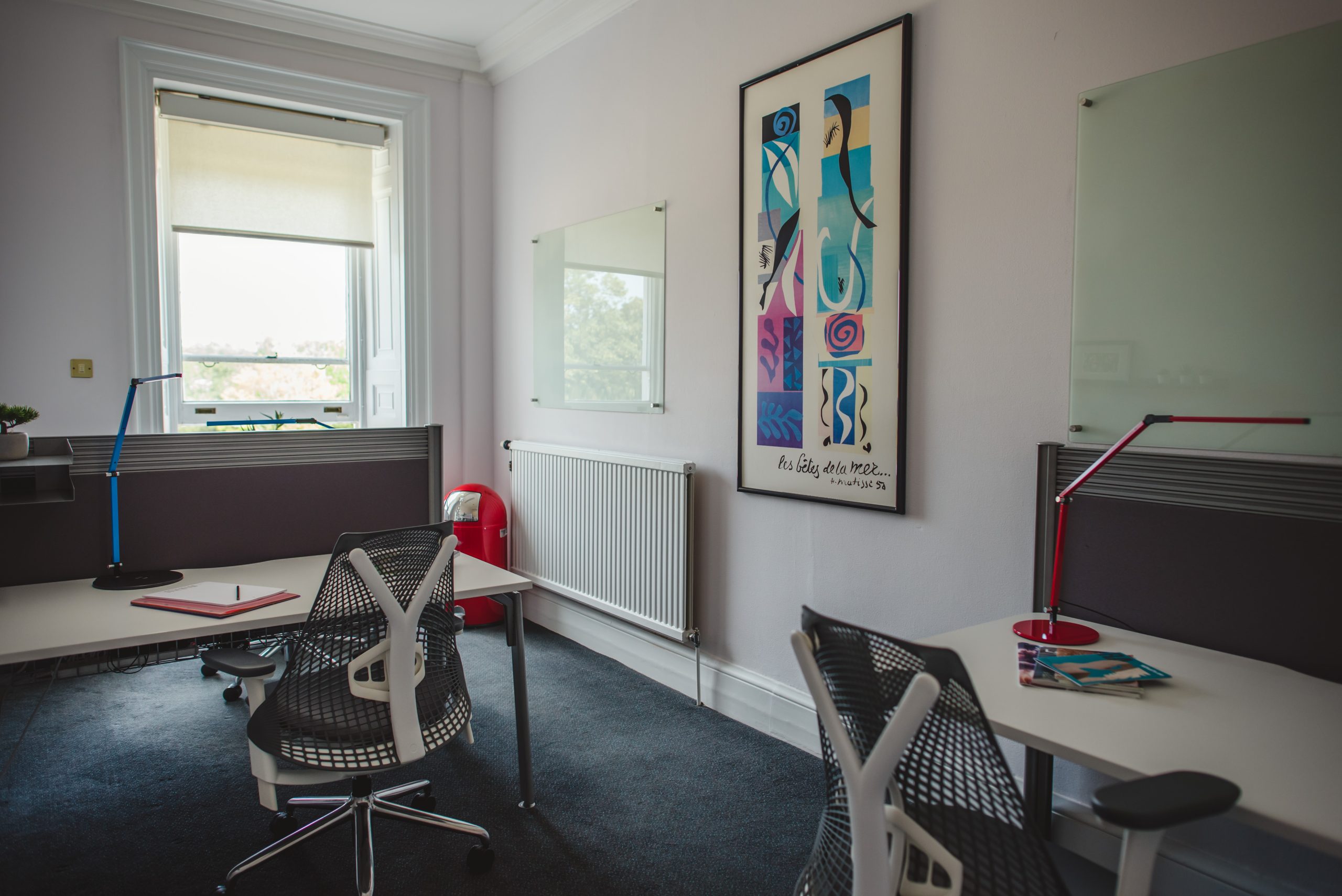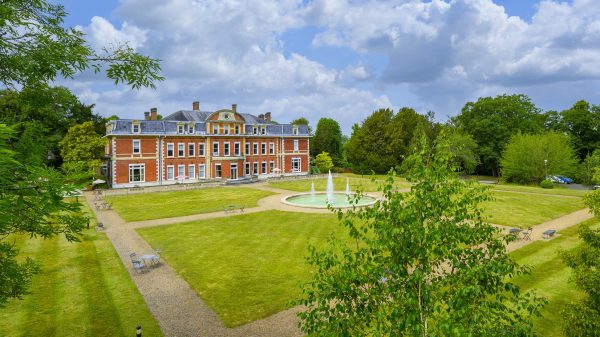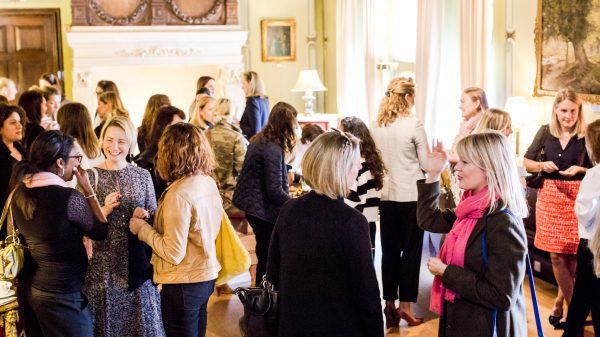Preservation, Progress & Sustainability – Does the Adaptive Reuse of Heritage Buildings create the most Sustainable Office Space?
It has been widely reported that, following a prolonged period of working from home during the pandemic, many office workers now find that they are more creative and productive when in an office environment.
The sustainability of their workspace is another draw for office occupiers who value the positive outcomes that this brings for the well-being of their staff and the planet. It has now become a significant factor in the selection of office space, as the working environment is crucial in attracting new talent and keeping staff happy and motivated.
The most sustainable buildings are the ones that exist
An often-overlooked aspect of sustainable office space is ‘adaptive reuse’ – whereby an existing building is reused for a purpose other than that for which it was originally built or designed.
A new building requires land, energy and materials, making it carbon-hungry. Adapting an existing building, which reuses the historic layout, reduces the quantity of new materials and carbon produced in their delivery – a much less wasteful approach.
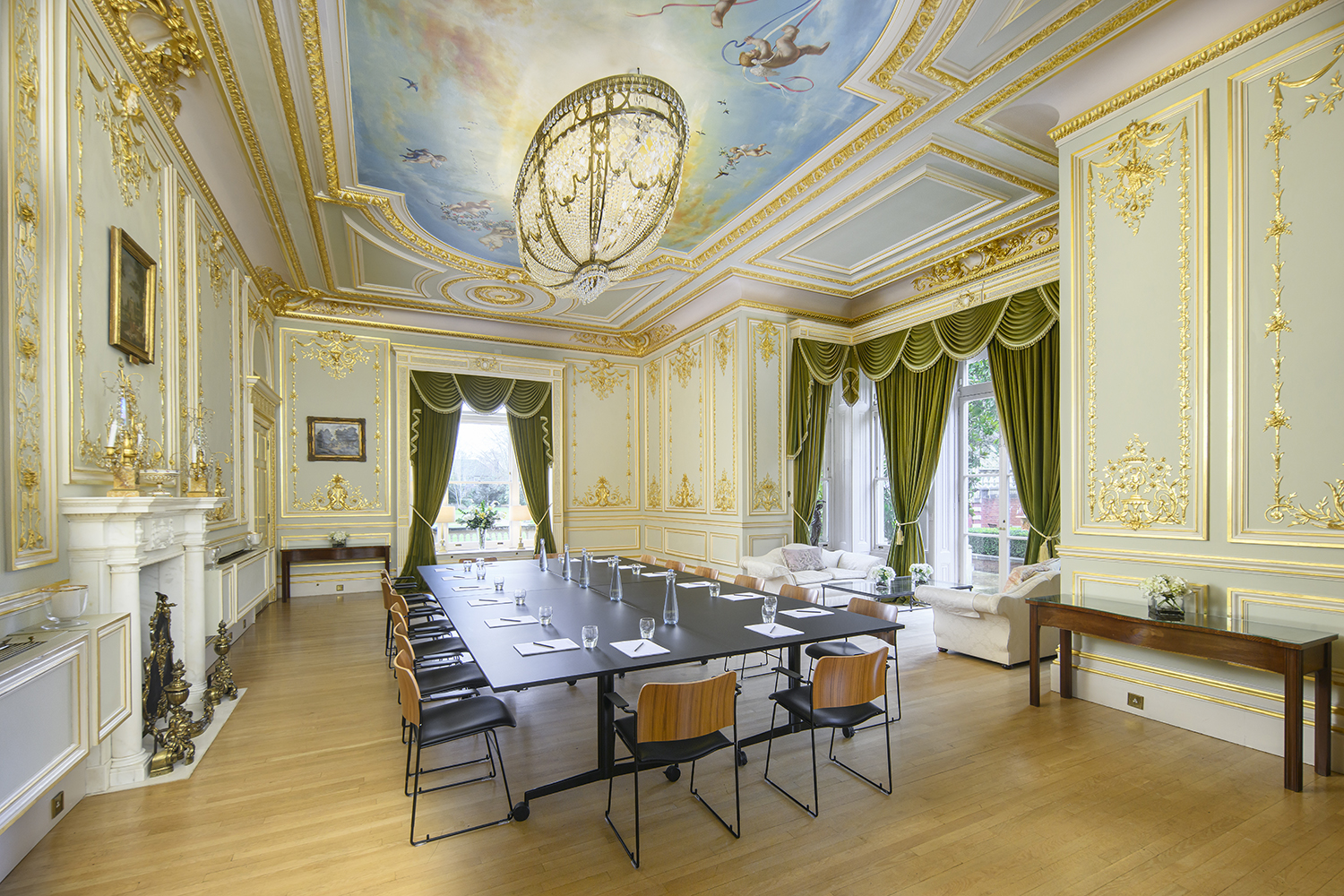
Places of Connection, Inspiration & Possibility
Adaptive reuse effectively recycles historic buildings, breathing new life and possibilities into them. Historic buildings offer alternative and more inspiring office environments, appealing to businesses and occupiers who place a premium on beauty, heritage and authenticity. They also offer a distinctive alternative to start-ups, creatives and cultural organisations.
As corporate, business and working structures and cultures change, offices are increasingly the locations where people interact and collaborate. The advancement of technology has meant that the office has become more about meeting, team working and socialising and less about accessing the phone, computer, filing, and stationery.
Therefore, a workplace that inspires and offers something different from the generic office supply has become an important recruitment tool.
A link to the past paves way for the future
Historic buildings tell a story and share a link to the past that sparks curiosity and opens the imagination. They grab attention and stimulate; they feel familiar, warm and stable, yet they can surprise and reveal the unexpected. These connections provide people with a strong sense of identity and a sense of a place that is hard to imitate.
Knowledge, experience and dedication
Re-purposing, managing and maintaining heritage buildings requires creative problem-solving to ensure their continued preservation and usability. These buildings often require specialised, expensive materials and skilled artisans who can work within the regulatory compliance and limitations of an historic environment.
Upgrading a treasured infrastructure to modern standards without compromising the historical integrity of the existing building is a delicate balancing act. So, too, is striking the right balance between function and history. Regular maintenance is required to prevent deterioration and to ensure both energy efficiency and security without damaging the building’s appearance whilst adapting to changing needs.
Malcolm Young, chairman and CEO at The Wilky Group, comments: “Over the years, we have adapted and repurposed our properties at Fetcham Park, Parallel House and Cams Hall to accommodate and appeal to the changing needs of our business clients. The buildings and our services continue to evolve, but the character and interest remain the same. Alongside this, our dedicated team combine their experience and intimate knowledge of preserving the integrity of our properties with meeting the needs and level of service our clients expect.
“An office space or meeting room at one of our historic properties is an attractive proposition for companies wanting to create a distinctive image, where history, sustainability and authenticity meet adaptable, flexible spaces, the latest technology and lifestyle services, all of which assist in keeping our clients focused, productive and motivated.”
The adaption and reuse of old buildings in a considered and sensitive way is essential to preserve heritage, promote sustainability and enhance the built environment, whilst creating and providing economic, social, and cultural benefits. It’s a way to balance modern needs with respect for the past, which contributes to more vibrant, attractive , and sustainable communities.
For more info about Office Space and Meeting Rooms at Fetcham Park, call 01372 371000 or email: hello@fetchampark.co.uk
 01372 371 000
01372 371 000
